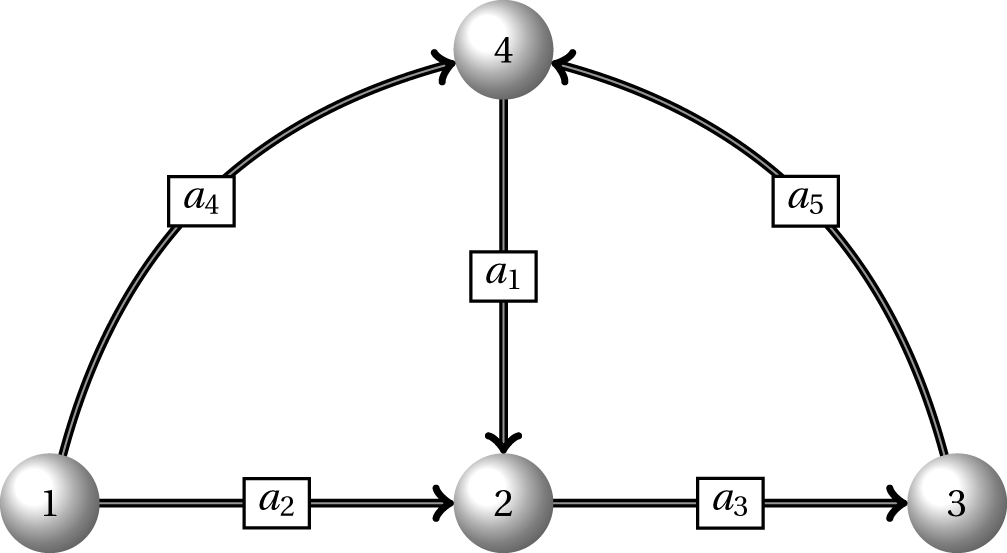The research paper “Inventory control in a lost-sales setting with information about supply lead times” have been accepted for publication in International Journal of Production Economics. We consider a periodically reviewed single-item inventory system in a lost sales setting where at most one order can be outstanding at a time and compare the performance of an inventory model assuming informed lead times to a model assuming uninformed independent and identically distributed lead times.
Yearly Archives: 2012
Often when I teach students at our Business School they have a hard time understanding compact linear programming (LP) formulations. So here it is, a short introduction to some of the concepts you need to know for understanding compact LP formulations. Sets A set is a group of elements, e.g. $\{1,2,4\}$ is a set with 3 elements, namely, $1,2$ and $4$ and $A=\{(2,3),(4,5),(6,8),(5,6)\}$ is a set called $A$ with 4 elements (pairs), namely, $(2,3),(4,5),(6,8)$ and $(5,6)$. Note that in the last case each element is a pair $(i,j)$. Sets containing pairs are often used when we formulate LPs based on network problems where the pair $(i,j)$ denote the arc/edge from node $i$ to node $j$.
I often hear people complain about the GPS they use for routing. Some do a better job than others. This is due to two things: the algorithm which may vary and the network used. Here I will focus on the network. Often the algorithms have to use different networks because: the network has not been updated or a different provider is used. This is illustrated in this post showing that the total length in the networks used by TomTom and OpenStreetMap are quite different. As a result the shortest path algorithm will find different optimal paths as illustrated in this post.
This is the title of a good article about the psychological principles about waiting. This is something that we as researchers in Operations Research often forget and calls for more interdisciplinary research in this area. Why Waiting Is Torture, New York Times
This week I am participating in the EURO conference in Vilnius where I have a joint talk “Spare parts sharing with joint optimization of maintenance and inventory policies” with my college Christian Larsen.
The VeRoLog 2012 conference in Boglogna has just ended. I gave a talk about “Ranking shortest paths in Stochastic time-denpendent networks”. The conference had approximately 160 participants.

